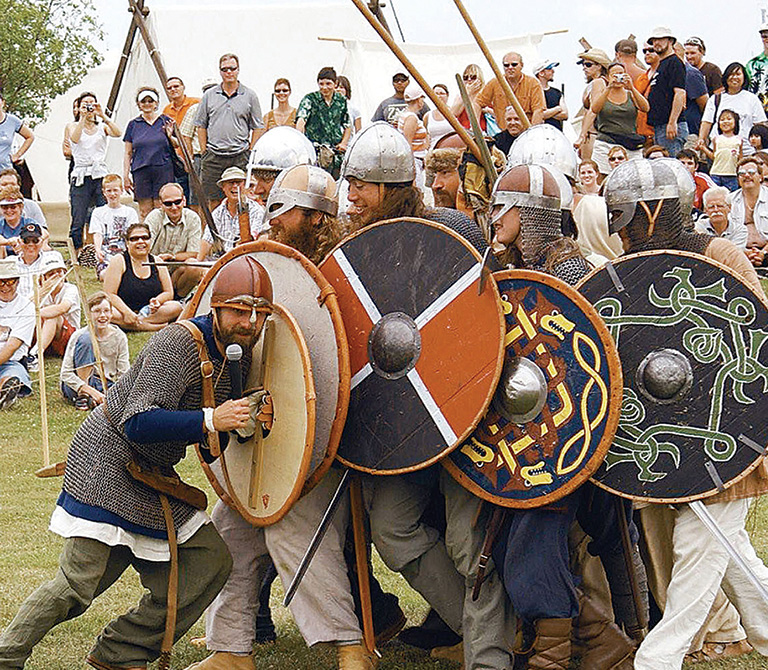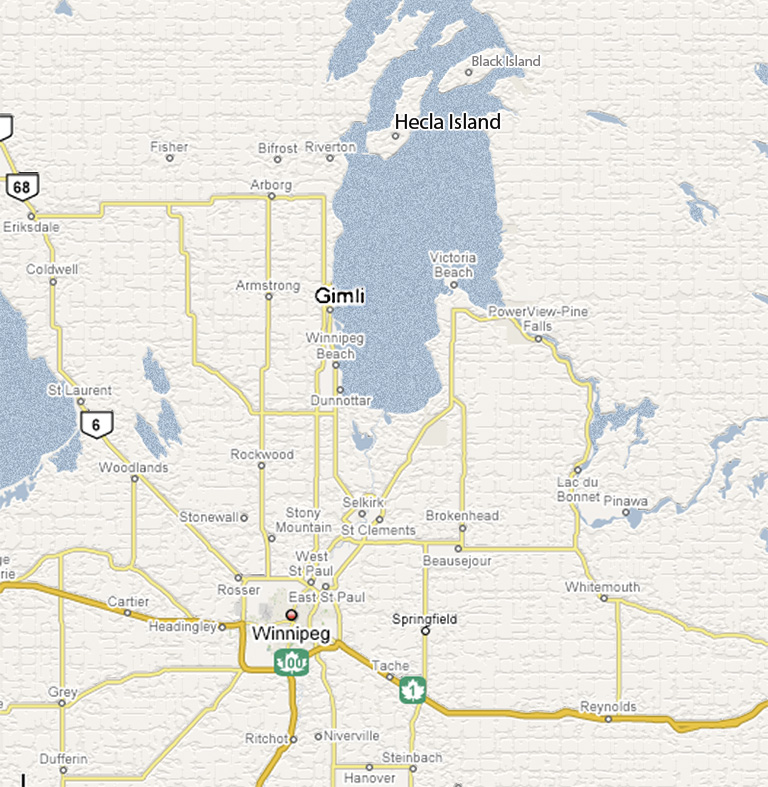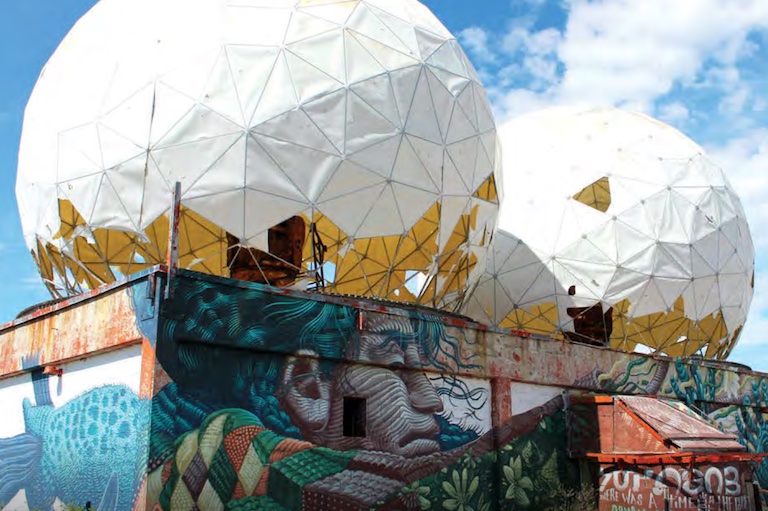Prairie Vikings
Distinctively Manitoban with a maritime twist, the “Republic of New Iceland” is a unique Canadian cultural community nestled on the western shores of Lake Winnipeg. Our getaway took us north from Winnipeg to celebrate and share the stories of the Icelandic settlers who arrived more than a century ago.

The first group of 285 Icelandic settlers arrived near present-day Gimli, Manitoba, in October 1875. Exhausted from the journey across the Great Lakes and then up the Red River, they carried all their personal possessions and enough supplies to establish a new community and see them through the winter. During their first night, they were greeted by a gentle snowfall, an ominous warning of the winter and struggles ahead.
As we stared out at the tranquil waters of Lake Winnipeg in the summer, it was hard to imagine the conditions the newcomers from Iceland faced that first winter. To help us understand, we stopped at the New Icelandic Heritage Museum in Gimli.
The exhibits carefully document travel from Iceland via Scotland and England to Canada. Personal narratives bring out the deep dedication to establishing Icelandic culture in North America, religious differences which divided the early colony, and the struggle of everyday life in the settlement.
Islendingadagurinn, the Icelandic Festival of Manitoba, takes over Gimli every August long weekend. One of the largest and longest-running cultural celebrations in Canada, the festival treats guests to Icelandic food, poetry, singing, and dancing. “Viking battle re-enactments with traditional costumes,” are the highlights of the weekend, according to Shelley Narfasson, executive director of the festival.
Pulling ourselves away from the excitement of Gimli, we headed north to explore the life of the early Icelanders. The community they founded — the fledgling Republic of New Iceland — was an autonomous region, outside of Manitoba’s early boundaries. The colony adopted its own provisional constitution and held elections.
The hospitality of the area is not lost on the visitor. Just outside of nearby Riverton, at Integrity Foods, we were welcomed with a warm handshake to the weekly pizza night. As local residents gathered to discuss news and events, we picked our ingredients from the garden and handed them over to be prepared for our fire-baked pizza.
Full from our dinner, we passed across the causeway to Hecla Provincial Park. Setting up camp beside a warm fire — still snacking on ginger snaps from the bakery — we watched the stars come out, shining perhaps as brightly as they did when the first settlers arrived.

In the morning we carried our breakfast down to Gull Harbour and enjoyed the peace and tranquility of the beach, warmed by the rising sun. This was our day to explore Hecla Island and the community that once called it home.
Hecla Village is a well-preserved community showcasing early twentieth-century life in Canada. It’s more reminiscent of the Maritimes than Manitoba farm fields. On this day, the Blue Streak and other fishing boats lined the shore. Fishing was always integral to life on Hecla, and the fish station still offers a good history of the industry, demonstrations, and, of course, fresh samples.
We walked the self-guided tour and stopped at the Hecla Village Museum, which transports visitors back to the 1920s, ’30s and ’40s, when life on the island was at its height. Minding the museum this day was Gladys Kjartanson, who was born in the village. Standing on the porch of her uncle’s home, she reminisced with us about life before the causeway.
She remembers ten-hour ferry rides to Winnipeg and early Christmas concerts in the Hecla community hall, located just two doors down. “Hecla (Village) is so well kept as a park and so many people enjoy it. Without the park, it probably would have worn down.”
From the museums and beaches of Gimli to the historic village on Hecla Island, the Republic of New Iceland offers a memorable and historic journey.
Themes associated with this article
Advertisement




